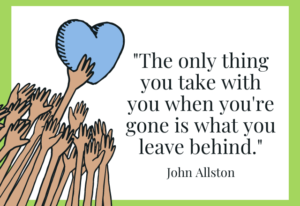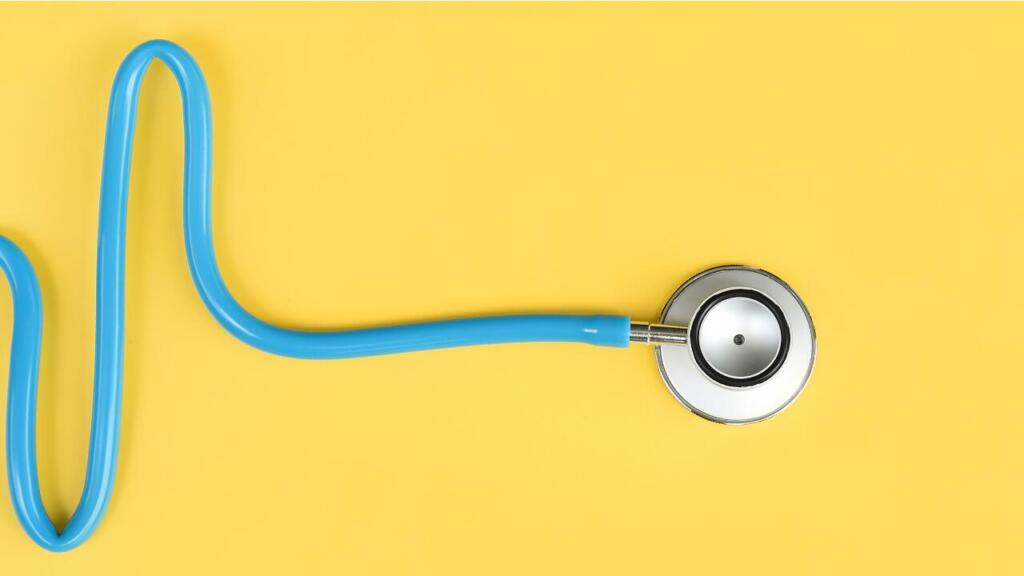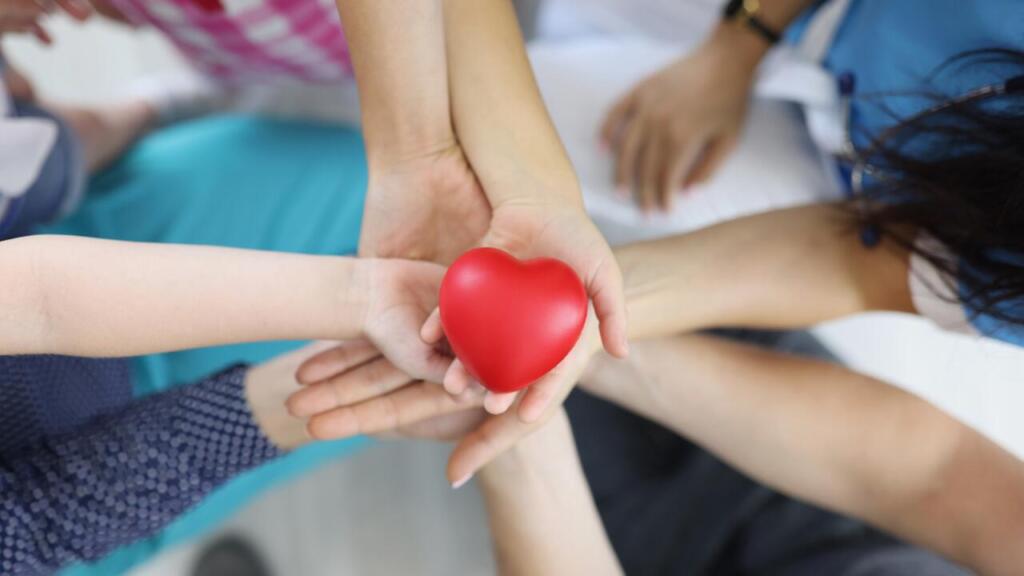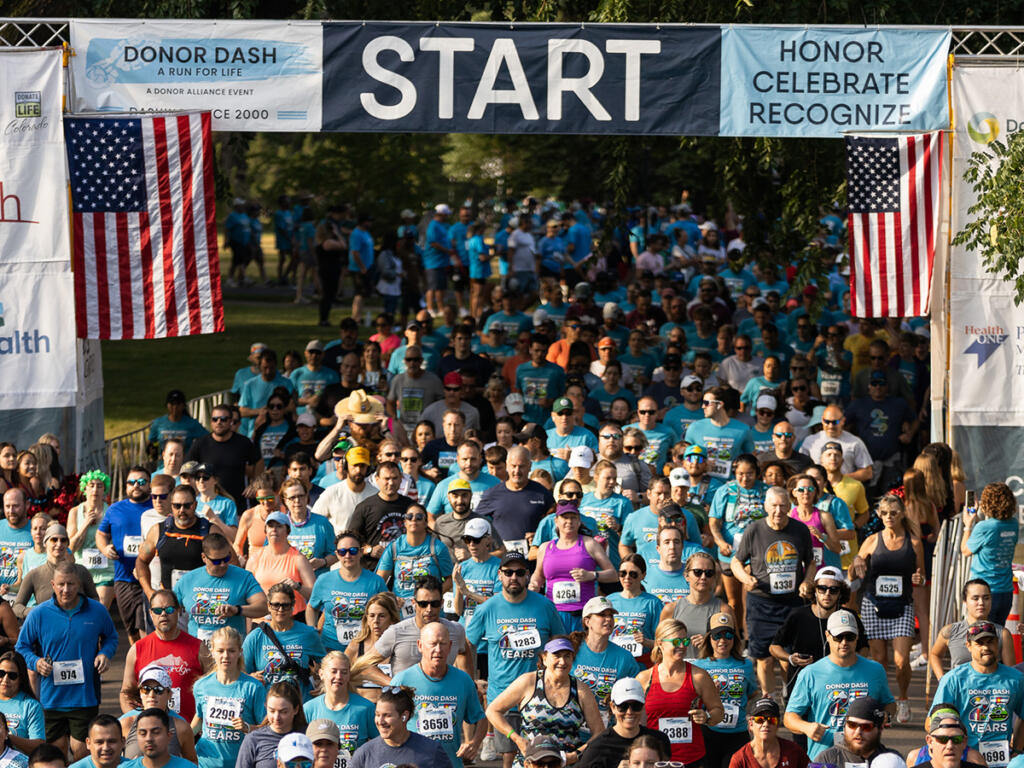Donation Essentials Blog
The Heart Truth about Heart Donation and Transplant
When we think of February, we often picture a heart. This heart symbolizes many things; from love, to Valentine’s Day, to American Heart Month. But for others, a heart holds a much deeper meaning. For those few individuals who have received a heart transplant, it symbolizes the difference between life and death and every thumping beat is a second chance at living a full life.
More about the Heart Organ
The heart is a unique organ; especially when it comes to transplant. The heart is a muscular organ about the size of an adult fist. It pumps blood throughout the body and is located behind the breastbone between the lungs. There are many causes for a patient’s heart to fail, but the most common diseases that can lead to needing a transplant include coronary heart disease and cardiomyopathy.
Once doctors have determined that a heart transplant is needed, the patient will be referred to a transplant center and placed on the wait list. Expected amount of time on the wait list is unknown and varies based on the patient’s fluctuating health status and an available donor organ match.
Matching and Allocating the Heart for Transplant
Heart transplants in the US increased by 3% in 2020; a sign of public support for donation and advancement in transplant procedures and processes. To make those lifesaving heart transplants possible, a heart must be altruistically donated by a deceased donor, undergo medical testing and be matched with a waitlist candidate. Matching a heart from the deceased donor to a waiting transplant recipient includes medical evaluations such as size, blood type, medical urgency and genetic matching.
Once the donor heart is paired with an eligible match, the heart will begin its journey from the deceased donor to the waiting transplant recipient. The heart is only viable outside of the human body for a short period of time and must be transplanted within 4-6 hours of recovery; so the recipient’s distance from the transplant center is taken into consideration as well.
How Many People Need a Heart Transplant?
There are currently more than 3,500 Americans waiting for a lifesaving heart transplant, nearly 100 of which are in Colorado and Wyoming. Eva Krynovich of Colorado Springs was one of them until her lifesaving transplant in 2014. After successfully managing her heart disease for years, Eva’s heart began to fail rapidly in 2013. Her doctor told her nothing more could be done, she became very weak and was in and out of the hospital. Thanks to the generosity of an organ donor, Eva received a second chance at life on March 15, 2014. It has been several years since her transplant and she has been able to become a grandmother thanks to her deceased donor and their family.
“Every day is a gift. I am now able to do almost all of the activities that I did before I got sick. I look forward to many more years enjoying my family and watching my grandchildren grow.”
Eva was fortunate to have been given a second chance at life through organ donation, but many others are still waiting for that chance.
What You Can Do To Help
Take a deep breath, close your eyes and place your hand on your chest. In this quiet moment, can you feel your heart beating? Can you imagine life without the strength of your thumping heart? If you needed a heart transplant to survive, would you have one? If so, please help others by saying Yes to signing up as an organ, eye and tissue donor. It’s quick and easy, about as long as the quiet moment you just did and could possibly change someone’s life forever. Say Yes when getting your driver license or ID or You sign up anytime online in Colorado or Wyoming. Deciding to register as a deceased donor could help save the lives of people in your own community waiting for heart transplants.
If you are facing placement on the transplant waitlist or currently are a waitlist candidate, please connect with your transplant center and team for further information about heart donation and transplant. Here are the transplant centers and other resources available in our area.


